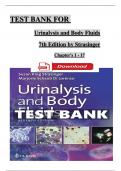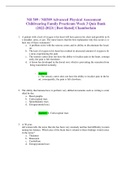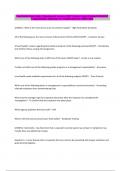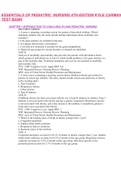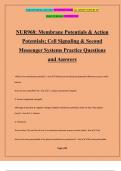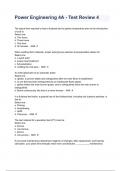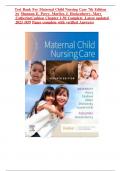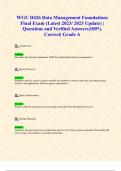Tentamen (uitwerkingen)
TEST BANK For Urinalysis and Body Fluids, 7th Edition by Strasinger, All Chapters 1 - 17, Complete Newest Version (100% Verified)
- Vak
- Instelling
- Boek
TEST BANK For Urinalysis and Body Fluids, 7th Edition Chapters Urinalysis and Body Fluids, 7th Edition by Strasinger pdf Urinalysis and Body Fluids, 7th Edition Chapters 1 - 17 pdf Urinalysis and Body Fluids, 7th Edition pdf TEST BANK For Urinalysis and Body Fluids, 7th Edition Chapters 1 - 17 ...
[Meer zien]
